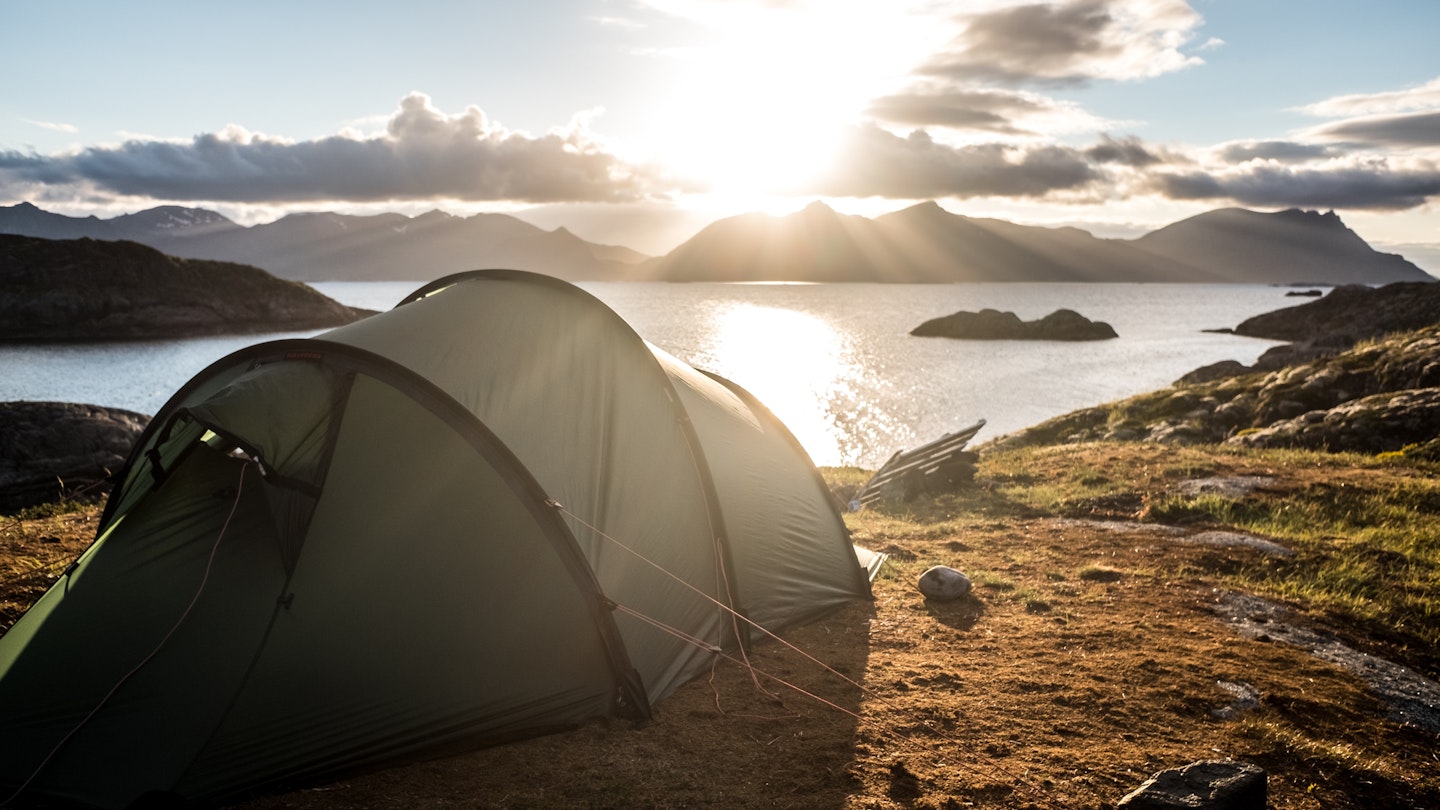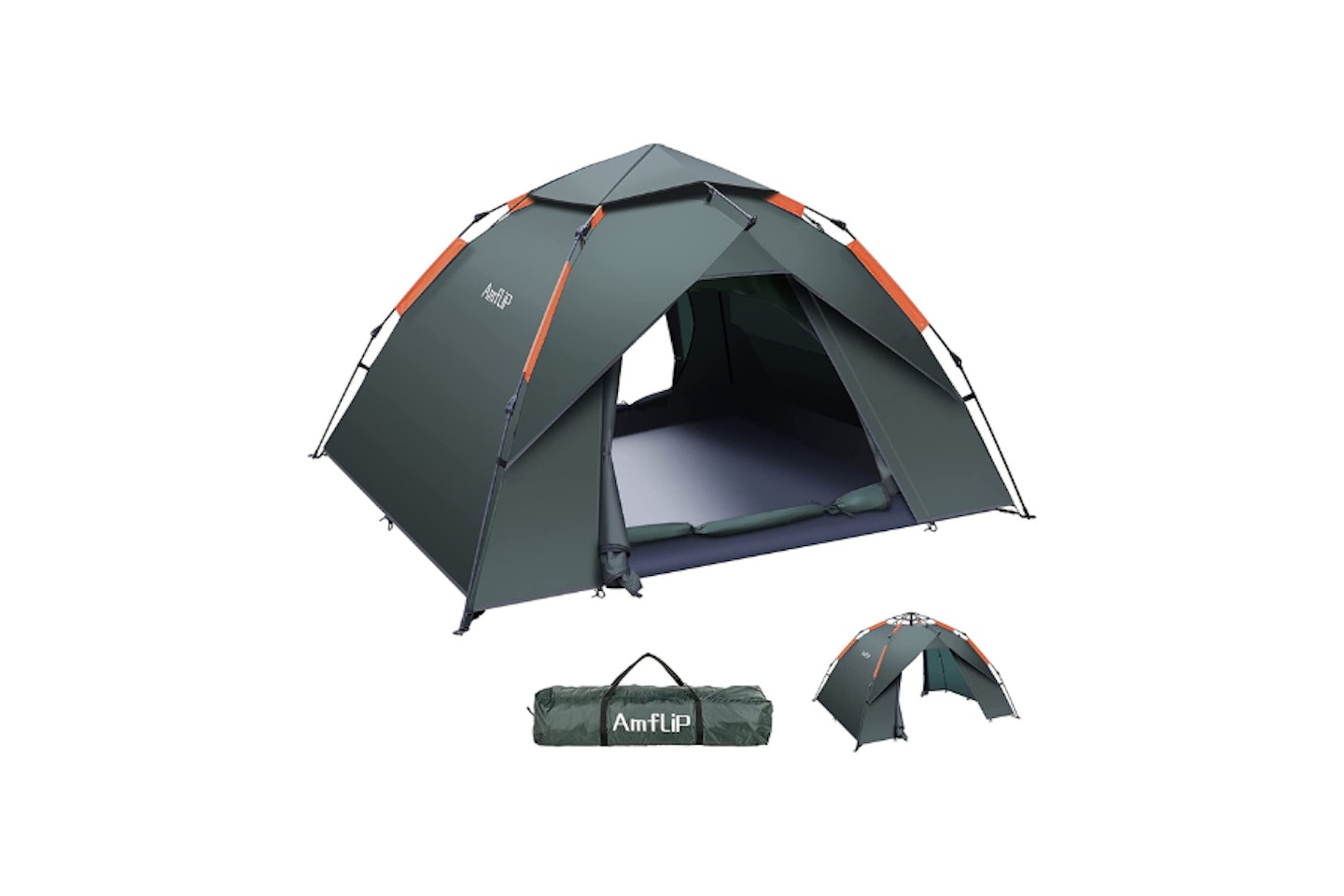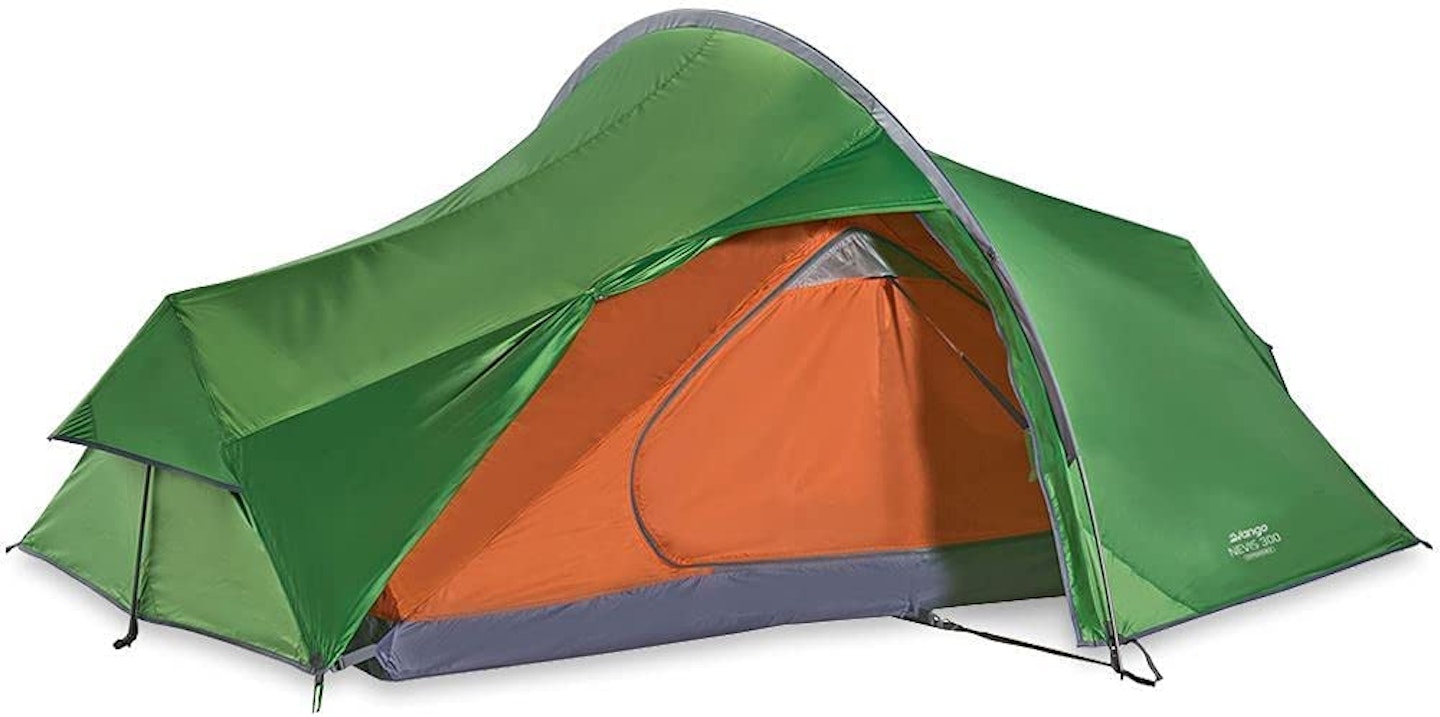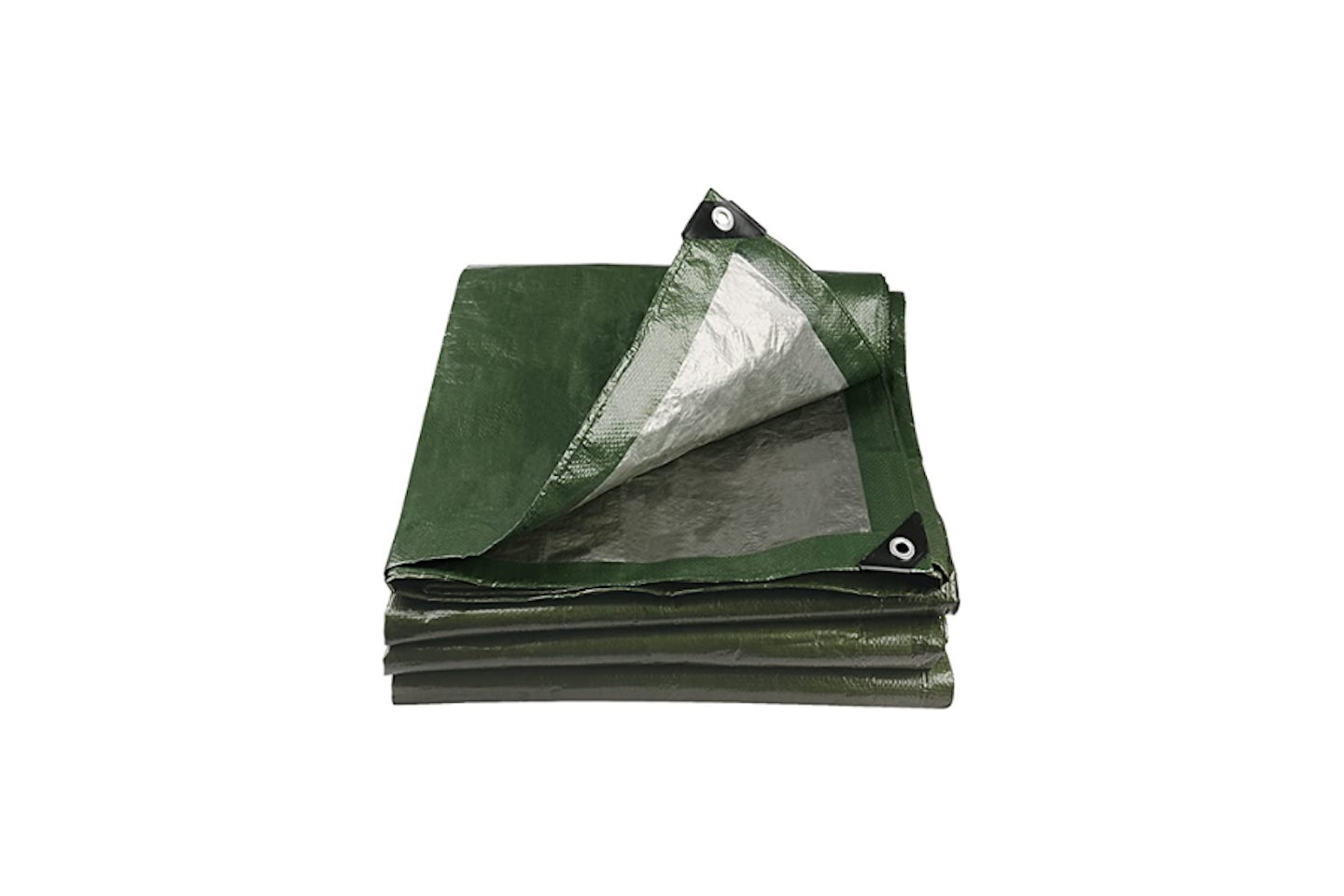If you are looking for a new 3-man tent, you've come to the right place. Here at What's The Best, we've been putting the best tents of 2024 through their paces. Below, you'll find the best 3-man tents.
The best 3-man tents cover a broad spectrum. Whereas two-person tents and wild camping tents are made for short camping trips and hiking, and larger tents are primarily for family camping, three-person tents can be either. Therefore, it is very important to narrow down what is important to you in a tent of this size to avoid getting bogged down in the saturated marshland of three-man tents.
That is why we’ve created this guide, this map, that will help you navigate three-man tents. We have selected the best three-man tents from a range of categories, such as budget, lightness, and weather resistance.
The best 3-man tents at a glance:
Best 3-man tent - Vango Galaxy 300
Best 3-man tent on a budget - Coleman Darwin 3 Plus
Best lightweight 3-man tent - Salewa Litrek Pro III
Best budget lightweight 3-man tent - Vango Nevis 300
Though all our picks are different, they have all been chosen because they are ideal for use in the UK, meaning that they all bear suitable waterproofing credentials without delving into overkill mountaineering tents. We also explain the waterproof ratings and the different types of tent shapes.
Best 3-man tent
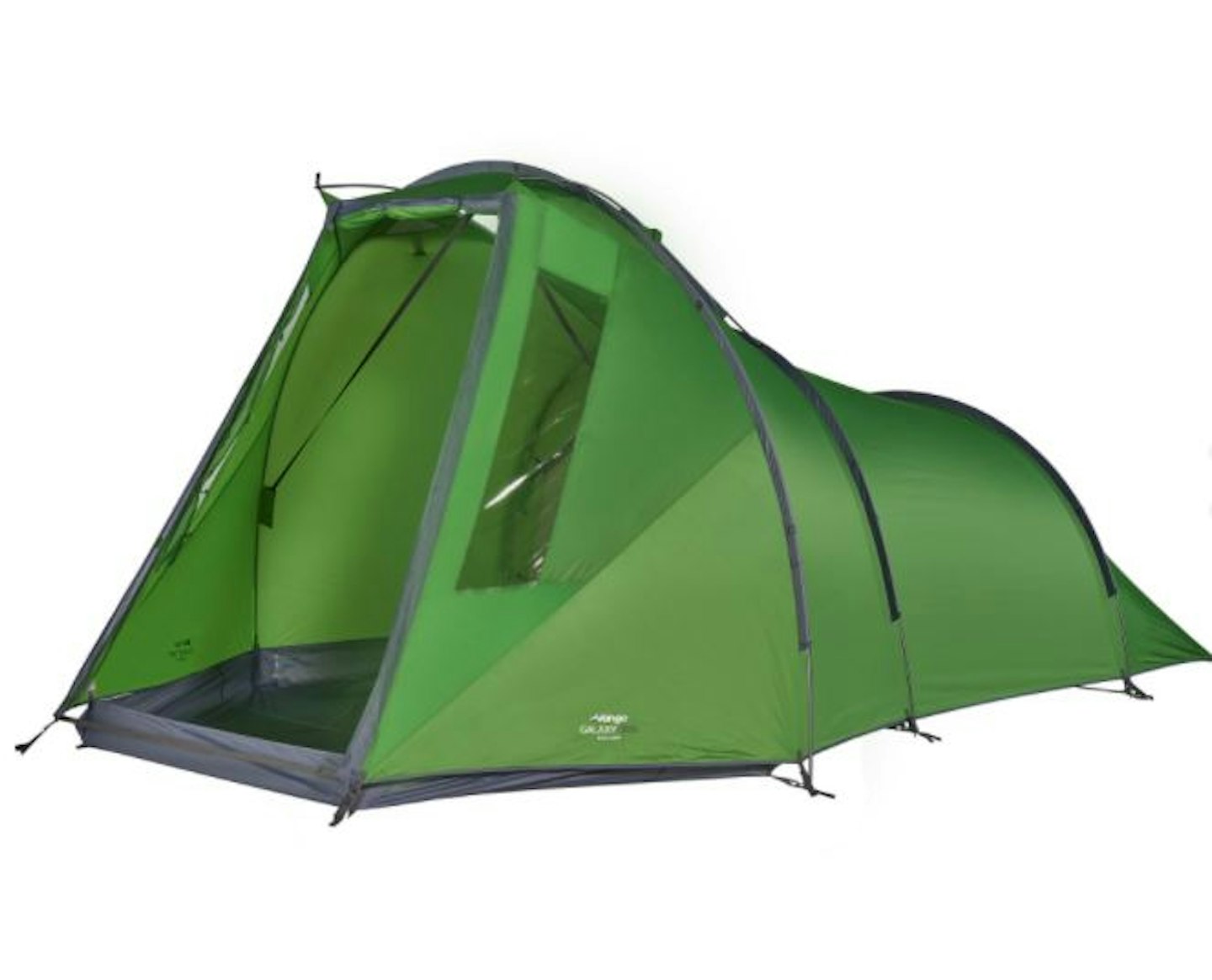 Outdoorgear.co.uk
Outdoorgear.co.ukDescription
Light and excellent value for money, the Galaxy 300 is a curious-looking tent, but we like it because it blends practicality and comfort. The bedroom is low, just 130cm, but the front room is much wider and 60cm higher, which allows you to actually stand up. Consequently, the Galaxy 300 is light enough for shorter trips but also comfortable enough for longer ones too. The Vango Galaxy 300's enormous size and compact packing size make it perfectly ideal for taller campers, it's practically a snug 4-man tent at its size.
Pros
- Very versatile
- Useable front room
Cons
- Not suitable for hiking
Best 3-man tent on a budget
Description
A snug 3-person tent that offers value but doesn't compromise on quality. That means it is able to cope with the UK's unpredictable weather. The popular dome shape is low profile so while it doesn't catch the wind, don't expect a wealth of headroom. However, the floor area is generous, which is what matters. It's small and light enough to throw into the boot for a weekend away without hesitation and carry a distance from the car if necessary.
Perfect for a quick summer getaway or as a practical festival tent, Coleman's Darwin 3 Plus is easy to set up, tough as nails and light enough to lug on your back without becoming too much of a burden. A great 3-man tent through and through.
Pros
- Value-quality combo
- Easy pitching
Cons
- Not suitable for hiking
Best 3-man tent under £100
Description
Don't fancy the bother of securing your 3-man tent against rip-roaring winds and the unrelenting heat? Amflip's pop-up tent might just be the perfect pick for you.
As easy as possible to set up, secure and incredibly durable, Amflip's 3 man tent is the height of convenience for less-experienced campers not looking to venture out into the wilderness for days on end.
Everything from its simple setup to its convenient and comfortable dome shape, which has ample space for bags and an appropriately large camping airbed - you'll have never slept sounder than with this phenomenal 3-man tent.
Pros
- Ultra-convenient pop-up design
- Sturdy fibreglass poles
- Great waterproofing
Cons
- Not suitable for long walking trips due to packing size
Best lightweight 3-man tent

Description
Lightness combined with durability and stability makes this the ideal 3-person tent for hiking and trekking. But more than that, such thought has gone into its construction. We like how the construction is free-standing, which makes pitching in the rain faster and easier. The porch is a good size for gear and cooking if the weather isn't great. To top it off, the geodesic shape is very stable, even without the guy lines.
Pros
- Attention to detail
- Quality of components
Cons
- Quite snug for three large people
Best budget lightweight 3-man tent
Description
A lightweight three-season backpacking tent with the features that matter. Though it isn't as wind-resistant as the Salewa Litetrek Pro III, it is certainly able to withstand heavy rain. There is enough room inside for three to top and tail or two to stretch out.
While this affordable 3-man tent is fantastic for a snug country getaway, you probably won't get the entire family inside for a good night's sleep. For that, you might need something closer to a great 6-man tent, with plenty of room for bags and belongings - as well as your small army of campers.
Pros
- Good waterproofing
- Fantastic value
Cons
- Not as wind-resistant as some other shapes
Best space-to-weight ratio
Description
The Scafell 300+ offers extra length in the form of a large porch area for hiking gear. For its size, it is incredibly light and packs down very well. Those embarking on longer hikes or treks will find the additional space the Scafell 300+ offers particularly alluring. With its low profile and gothic arch-shape poles, the Scafell 300+ is also impressively stable and has great snow/rain runoff.
Pros
- Packed size
- Fantastic value
Cons
- Quite narrow
Useful camping kit:
Best dry bag

Description
Keep gear susceptible to water damage safe and dry with the best dry bags - perfect for protecting any precious technology or belongings you'd prefer to avoid waterlogging.
Pros
- Great value
- Fantastic warranty
- Perfect for peace of mind
Cons
- Not much room for larger belongings
Best solar charger
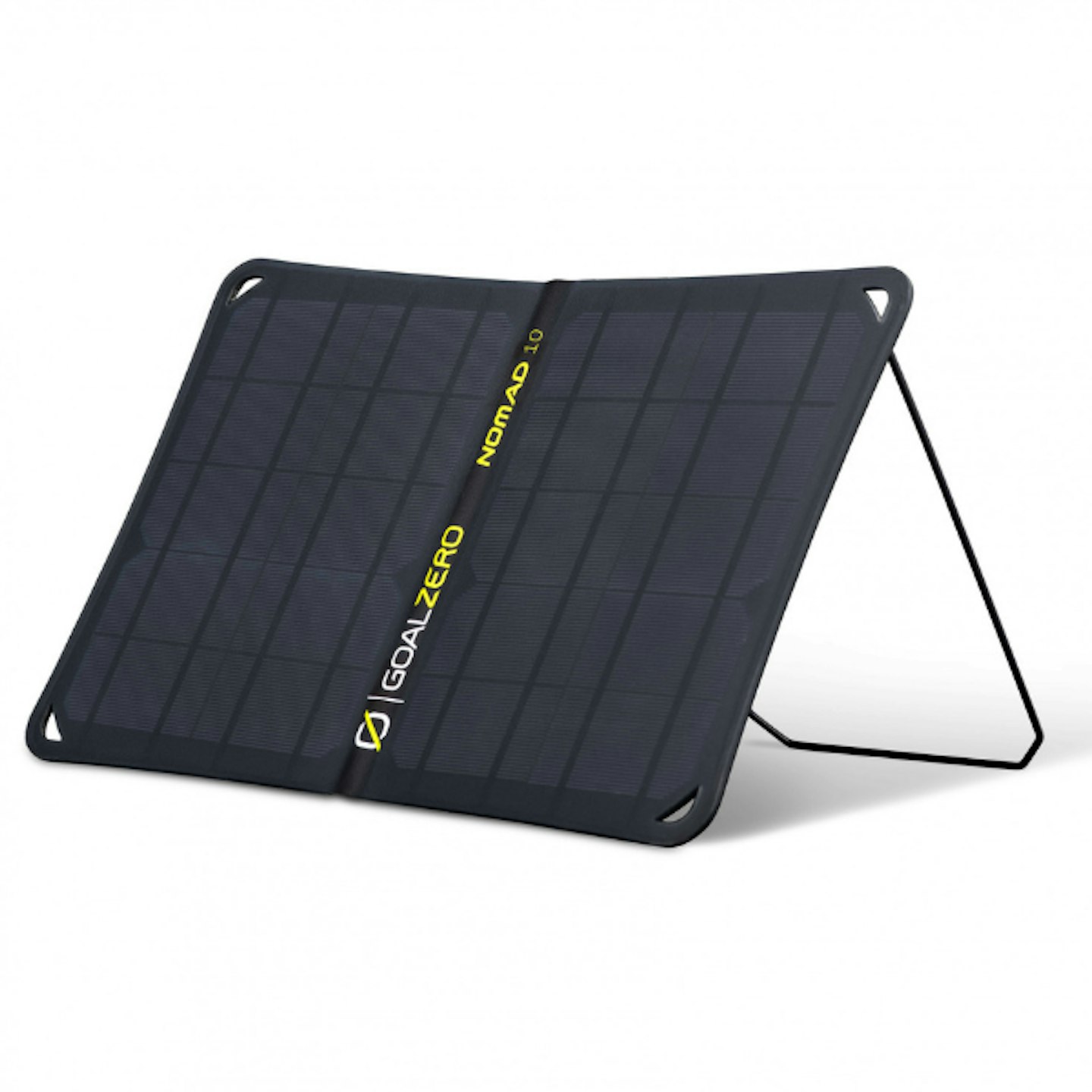
Description
Goal Zero is an innovative and growing American company that strives to deliver amazing power solutions in far-flung corners of the world. The company's vision began in the Democratic Republic of Congo in 2008 where it developed power products for rural communities with no access to electricity or power.
If you are heading somewhere where mains electricity is not available, Goal Zero’s terrific solar charger is a great essential. At about 700g, it’s incredibly lightweight and charges devices via a USB output - giving you plenty of freedom and peace of mind when you're on the move.
Pros
- Ultra-convenient charging
- Perfect for long adventures
- Easily customisable
Cons
- Not great for charging larger devices
Best compact light
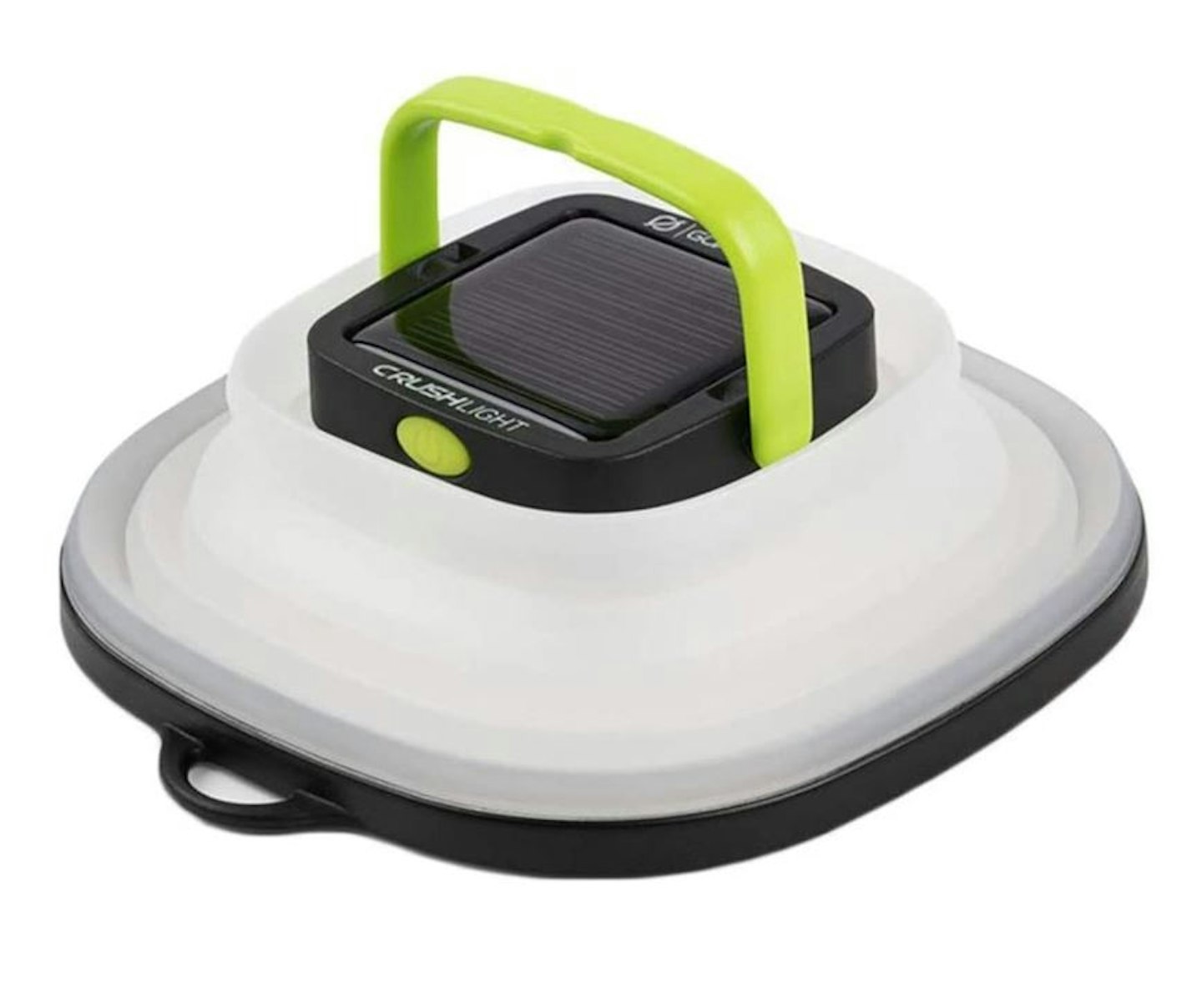
redirect.viglink.com
Description
Goal Zero's Crush Light is affordable and brilliant. It's collapsible with several brightness settings up to 60 lumens. You can get up to 35 hours of run time, and the lamp is easily rechargeable, either from the solar panel on top or by plugging in a micro USB (supplied).
This ultra-compact crush light is a must for travelling light - a reliable light source is something of a luxury when you're in the thick of nightfall - and a space-efficient lantern can be worth its weight in gold. Goal Zero's Crush Light is the perfect addition to your pack list, and thanks to its ultra-efficient design, you'll have plenty of room left for your two-person tent too.
Pros
- Ultra-convenient lighting
- Very easy to pack
- Great battery life
Cons
- Not incredibly bright
Best mini lantern
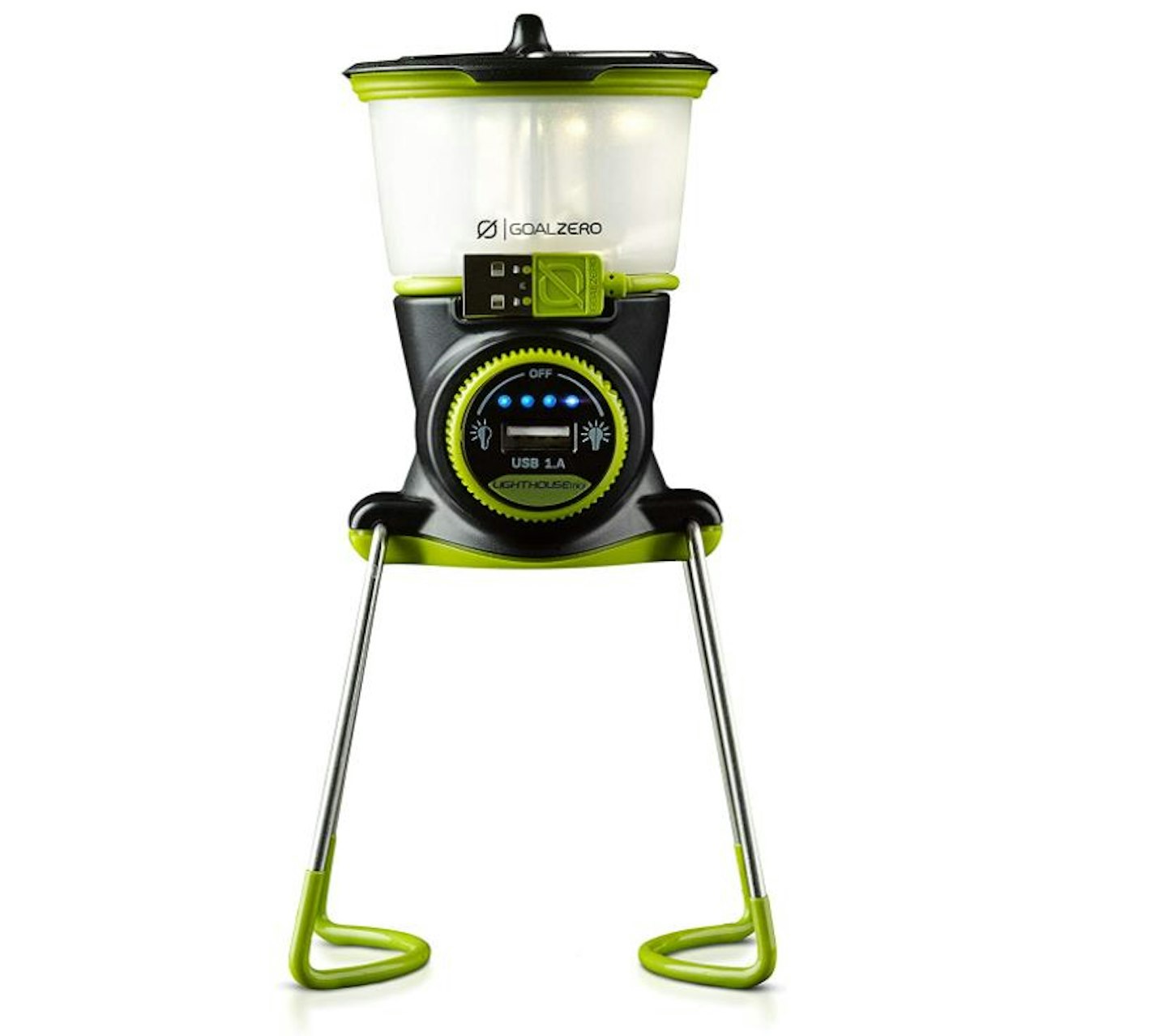
Description
This is a great little lantern. It has a brightness up to 210 lumens. Hang it up or put it on a surface with its adjustable legs. You can have one side lit, or both giving all-round 360-degree light. Charges via USB.
Pros
- Powerful 500-hour battery
- Excellent versatile design
- Ultra-compact
Cons
- Magnets could be stronger
The best tarpaulin for camping
Best heavy-duty tarp
Description
6 x 4 metres. Made from 200g/m2, mildew-resistant polyethylene.
Pros
- Extremely tough
- Excellent waterproofing
- Great value
Cons
- Insulation might be too much in hot weather
FAQs and 3-man tent buying advice:
Waterproof ratings explained
Like fill power with down insulation, waterproof ratings are very simple but widely misunderstood – or not known at all. All the tents you see here use the hydrostatic head as a means of showing how waterproof the fabric is.
Hydrostatic head is the industry standard for measuring waterproof fabrics; the waterproof fabrics used for tents, waterproof jackets, and so on.
The figure given (for example, 3000mm) indicates how high a column of water sitting on the fabric would need to be before water begins seeping through. It’s perhaps a slightly odd thing, but it’s an effective means of measurement. It’s all to do with pressure. Obviously, testing labs don’t actually use such volumes of water, they use machines that apply downward pressure. Thus, a tent with a hydrostatic head rating of 3000mm can withstand a three-metre column of water before it leaks through. Sounds like a lot, but see below for our guide to waterproof ratings:
1000mm: Will keep out light rain – more water-resistant than waterproof
2000mm: Waterproof. Will keep out rain.
4000mm: Will withstand heavy rain.
10,000mm+: What you should expect in hiking and ski jackets. They have to deal with rain and snow but also the extra pressure applied by backpack straps and so on.
For tents, a minimum of 2000mm is what you want. And don’t forget that the floor should have a higher rating because it has the extra pressure off you and your gear pressing down on it.
Tent shapes explained
Tunnel tents are very popular with weekend and summer campers because they are easy to pitch and provide a lot of space inside (vertical and horizontal). You can distinguish which these are by their half-cylinder shape. Whether using traditional poles or an inflatable design, tunnel tents are easy to split into multiple rooms and are very popular with families for this reason.
Features of tunnel tents: easy pitching; spacious; heavy when packed down; OK in moderate wind – the bigger the tent, the less stable it is.
Dome tents are generally being ditched in favour of tunnel tents in family camping grounds because they can’t compete for space. However, they are still very popular with hikers and trekkers because small dome tents are quite stable and lightweight. Dome tents with geodesic designs are very good at dealing with extreme weather.
Features of dome tents: cheap; fairly light; have single zones only; OK in moderate wind – the bigger the tent, the less stable it is.
Geodesic tents are kind of like upgraded dome tents. They have extra criss-crossing support poles, which makes them much more adept at dealing with high winds. Because they are designed to cope with harsher weather, geodesic tents sacrifice space and are a little more complex to pitch than other styles. They are wonderful for those camping in more extreme environments but less suitable for casual campers and families.
Features of geodesic tents: capable in harsh weather; lightweight; best suited for hiking; often a pricier option.
Backpacking tents are some of the lightest tents you will find. Often they only require a single-pole, plus guy lines to pitch. They vary considerably in terms of ability. Some are meant for summer use and mild conditions; some have more durable fabrics, making them suitable for three-season use.
Features of backpacking tents: very light; varied weather resistance; ideal for fast hikers and cycling trips.
Tipi/pyramid tents are defined by their tall central pole. They come in a large range of sizes and are used as lightweight hiking tents, but more recently, have found favour with those seeking the glamping experience. They are fairly easy to put up and even stand up well against the elements, but inside space cannot compete with that of tunnel tents.
Tipi/pyramid tent features: easy to pitch; a vast range of sizes; deal well with bad weather; sloped walls rob interior space; some come without a floor.
